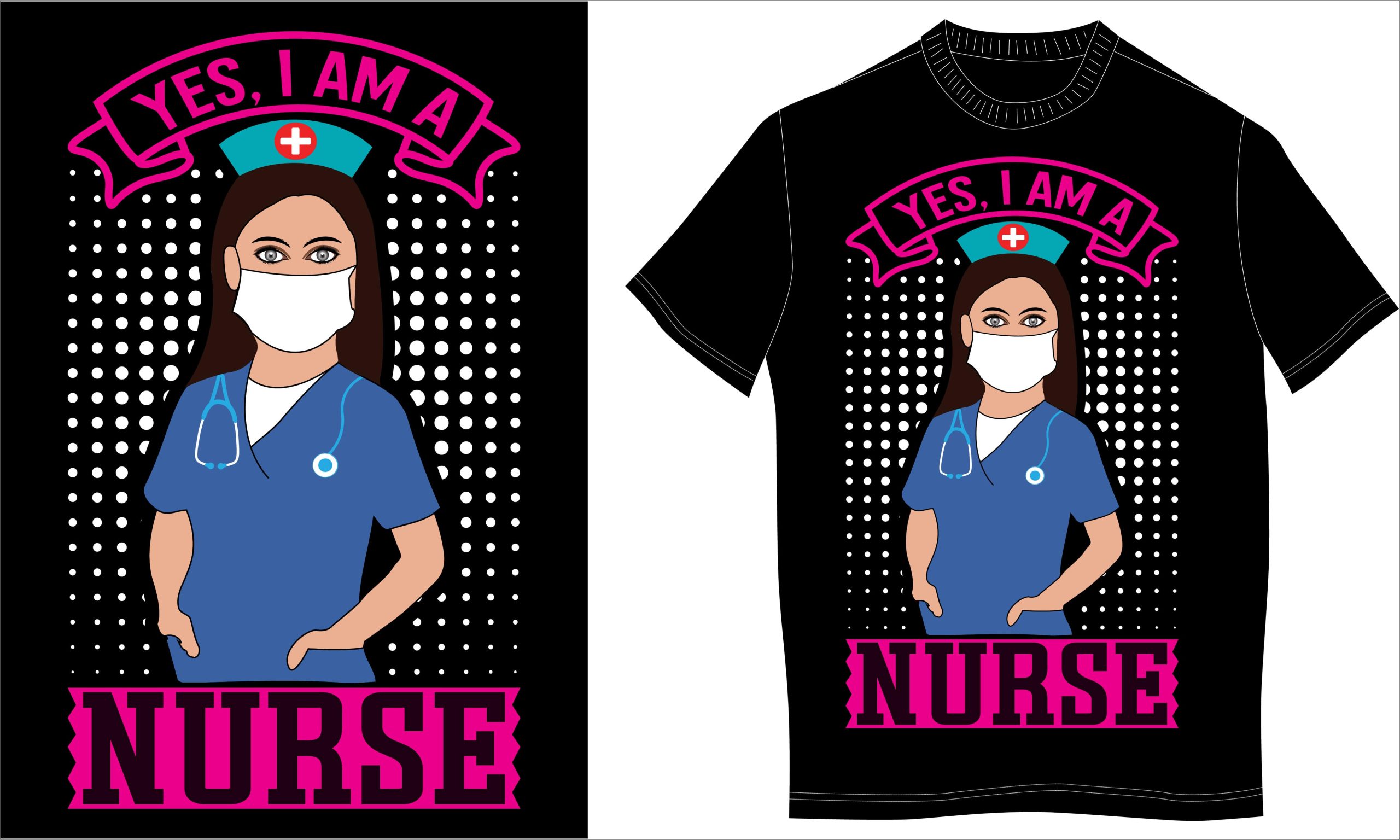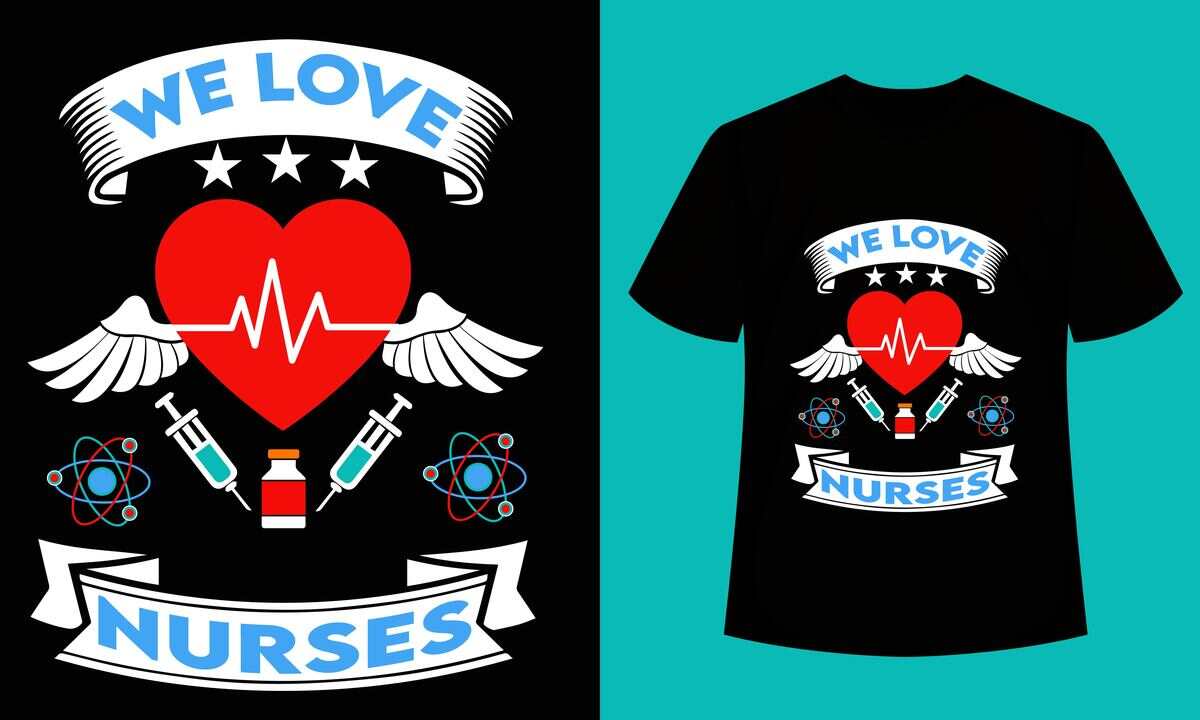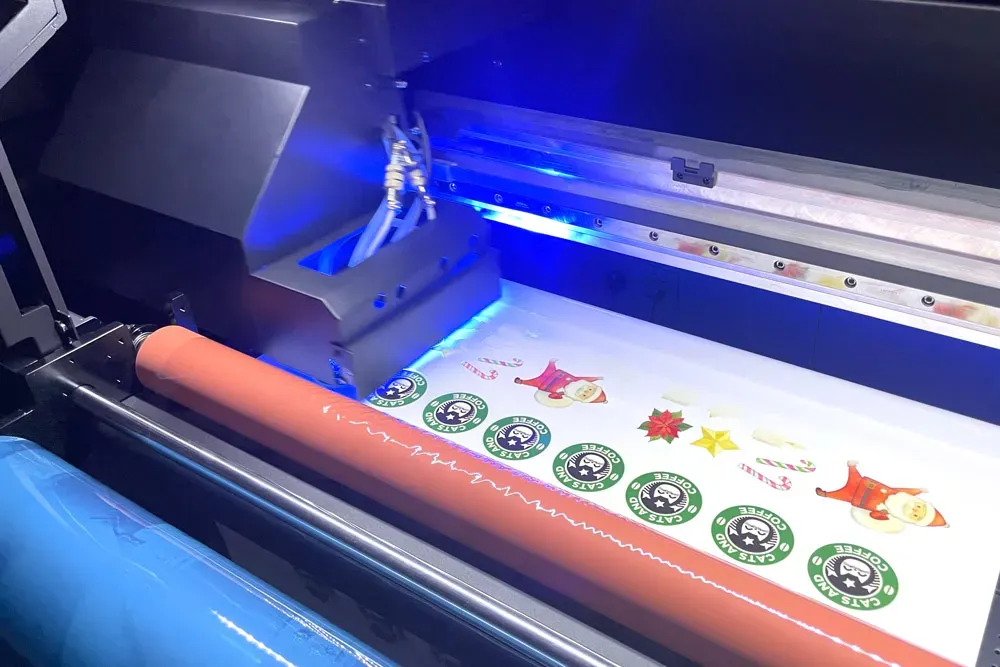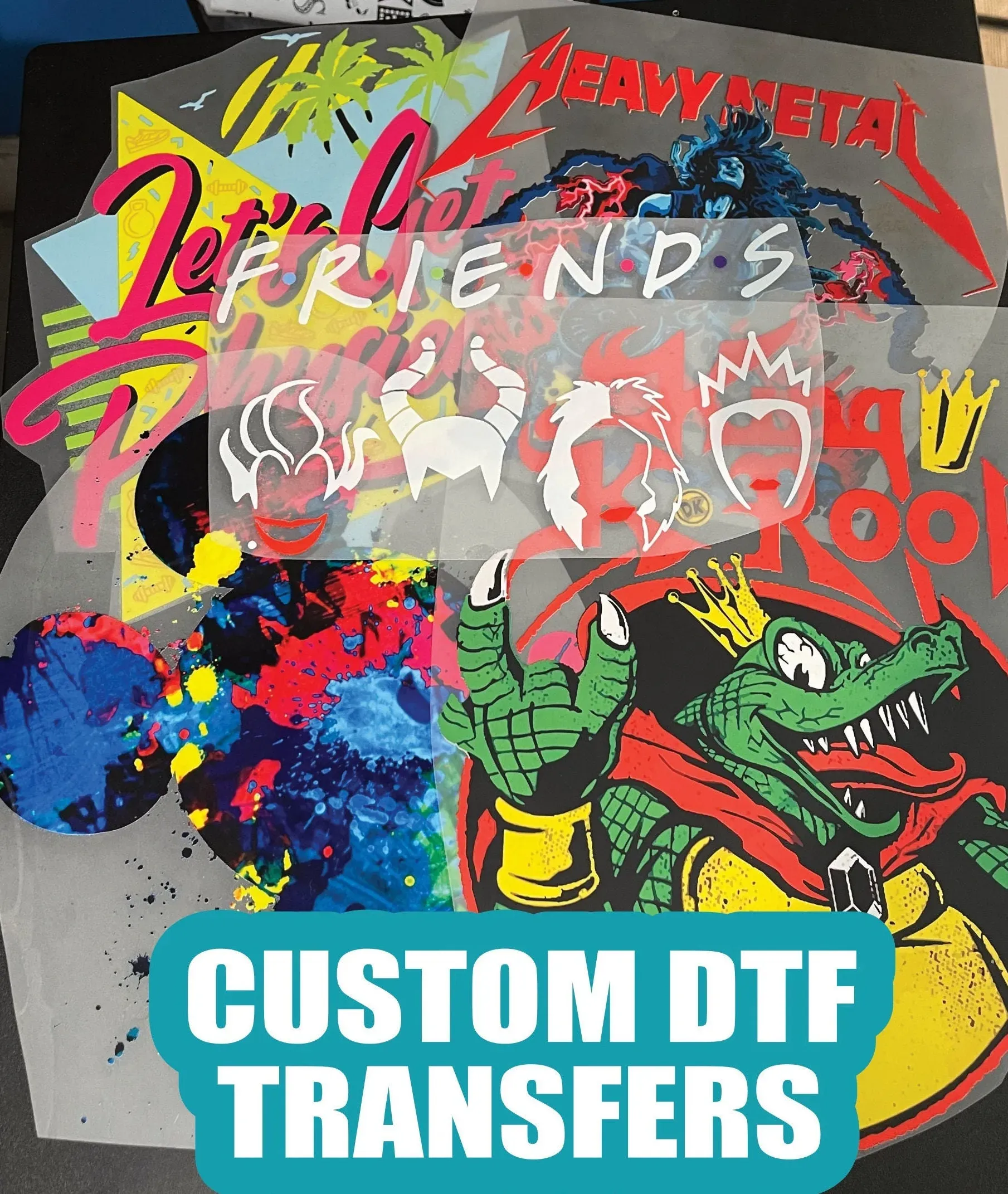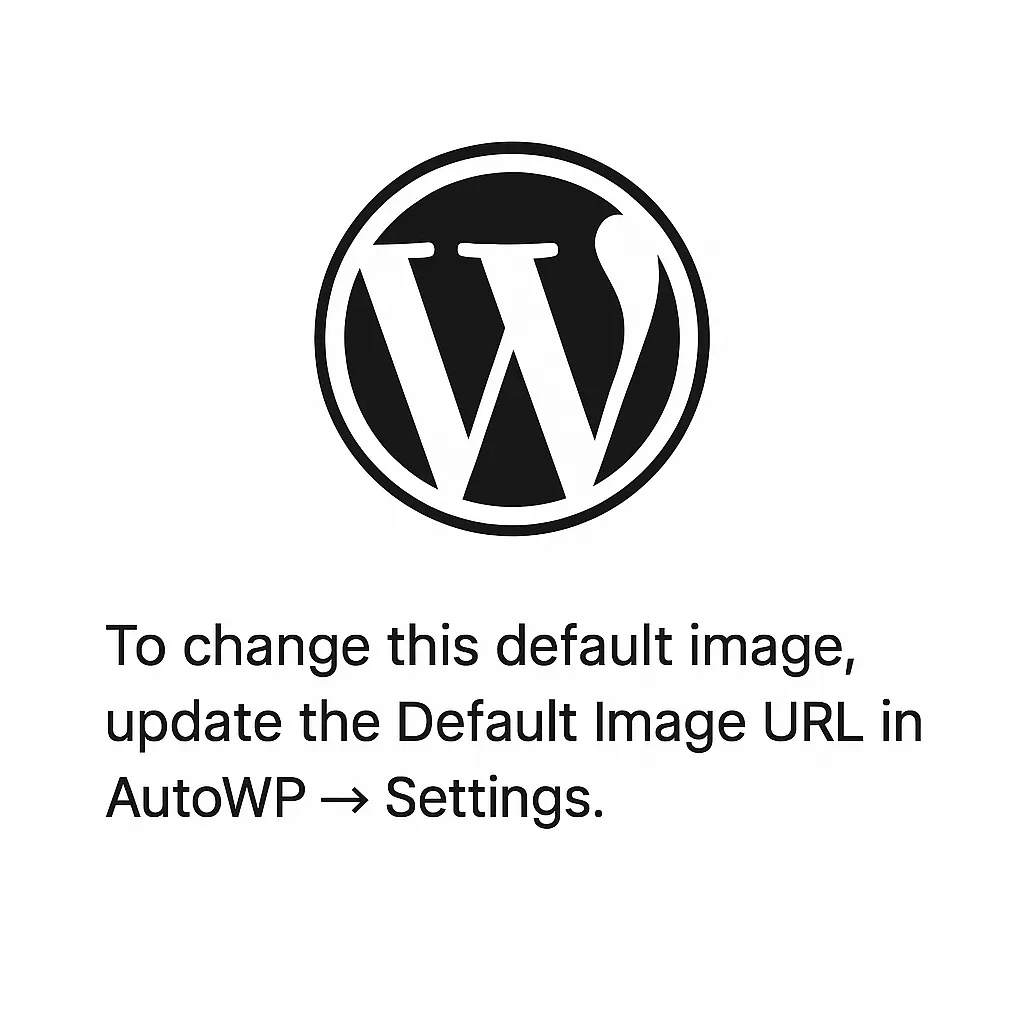DTF Transfers: Unlocking Small Business Success Easily
DTF transfers, or Direct-to-Film transfers, represent a revolutionary advancement in the world of custom apparel printing, providing small businesses with both affordability and sustainability. This innovative technology allows for vibrant and intricate designs to be printed onto a special film, making it easy to apply to a wide range of fabrics. Tapping into the power of DTF printing not only enhances your product offerings but also meets the rising consumer demand for personalized items. By adopting DTF transfers, you can position yourself as a leader in sustainable printing technology, which is increasingly important to today’s eco-conscious shoppers. In this guide, we’ll explore how DTF transfers can drive success for your small business through cost-effective solutions and versatile applications.
Direct-to-Film printing, commonly referred to as DTF printing, serves as an effective method for customizing garments and other textile products. This process utilizes a unique film that captures detailed designs, which can be effortlessly heat-pressed onto various materials, enabling a wide scope for creativity. By embracing this approach, small business owners can offer tailored apparel solutions that resonate with their customers. Additionally, DTF transfers emerge as a sustainable alternative to traditional printing techniques, minimizing waste and lowering costs. As consumer preferences shift towards bespoke and eco-friendly product options, DTF transfers are becoming an essential tool for any modern small business aiming to thrive in a competitive marketplace.
Understanding DTF Transfers: An Overview
Direct-to-Film (DTF) transfers represent a transformative shift in custom apparel printing, merging cutting-edge technology with sustainability. This unique method involves printing high-quality designs onto a special film, which is then heat-pressed onto fabrics. Compared to traditional techniques like screen printing, DTF offers unparalleled vibrancy and detail, enabling small businesses to create intricate designs with ease. The process reduces waste significantly, making it a favorable alternative for eco-conscious brands.
In addition to environmental benefits, understanding the mechanics behind DTF transfers can empower small business owners. The technology allows for the application of designs on a wide variety of materials, including cotton, polyester, and blends. This flexibility not only broadens the product range—allowing for apparel, accessories, and home goods—but also caters to diverse consumer preferences, ensuring that businesses can meet varying market demands.
Cost-Effective Production with DTF Technology
One of the standout advantages of DTF printing is its affordability, especially for small businesses seeking innovative printing solutions. With no need for significant upfront investments in ink and screens, small businesses can produce high-quality prints on-demand without breaking the bank. This cost-effectiveness allows entrepreneurs to test new designs and products in smaller batches, minimizing financial risks while exploring creative avenues.
Furthermore, the operational costs associated with DTF transfers remain relatively low. With the ability to print directly onto film and then heat-press, businesses can save on labor and material waste, boosting profitability. This affordability aspect not only attracts entrepreneurs who are just starting their custom apparel ventures but also positions DTF printing as a sustainable option in an increasingly eco-aware market.
Sustainability: A Core Advantage of DTF Printing
Sustainable printing technology is becoming essential for small businesses aiming to resonate with environmentally conscious consumers. DTF transfers stand out in this realm by significantly reducing material waste compared to traditional printing methods. Unlike screen printing, where excess ink often becomes a byproduct of the process, DTF printing uses exactly what is required for each design, ensuring responsible resource consumption.
By adopting DTF printing, businesses not only appeal to increasingly eco-conscious buyers but also enhance their overall brand image. This commitment to sustainability fosters customer trust and loyalty, as many consumers prefer to support brands with environmentally friendly practices. Thus, leveraging DTF transfers aligns both the operational efficiency and branding of small businesses in the modern marketplace.
Expanding Your Offerings with DTF Transfers
With the versatility of DTF transfers, small businesses can expand their product lines far beyond traditional apparel. The DTF printing process is compatible with various materials, enabling the creation of items like tote bags, home décor, and custom accessories. This flexibility allows entrepreneurs to tap into niche markets or seasonal trends, diversifying their offerings and attracting a broader customer base.
Additionally, the capability to produce custom apparel on demand creates opportunities for personalized shopping experiences. By utilizing DTF transfers, small businesses can cater to individual customer requests for unique designs—setting themselves apart in a saturated market. This custom approach not only encourages repeat business but also helps to build a strong community around your brand.
Overcoming Initial Challenges in DTF Printing
While the benefits of DTF transfers are plentiful, small businesses must be prepared to tackle several initial challenges. One notable hurdle is the upfront investment required for quality DTF printers and supplies. Although this might seem daunting, many entrepreneurs find that the long-term benefits overshadow the initial costs as their printing capacity grows and demand increases.
Another pressing issue is the learning curve associated with mastering DTF technology. As with any new process, it takes time and practice to yield optimal results. Small business owners should be open to investing in training or workshops to enhance their skills quickly, ensuring a smoother transition and better final products. Embracing these initial challenges paves the way for successful DTF printing ventures.
Marketing Your DTF-Printed Products Effectively
Once small businesses have embraced DTF transfers and produced captivating custom apparel, the next step is effective marketing. Leveraging social media platforms is crucial, as they offer an interactive way to showcase unique designs and build a community. By regularly posting high-quality images of finished products and engaging with potential customers, businesses can create a strong online presence that captures attention.
In addition to organic marketing efforts, small businesses can benefit from establishing partnerships with influencers or local events. Collaborations can enhance visibility and credibility, attracting a diverse clientele interested in custom apparel. Highlighting the customization options and sustainability of DTF-printed products will help connect with customers who value these aspects, ultimately driving sales and growing the business.
Frequently Asked Questions
What are DTF Transfers and how do they work?
DTF Transfers, or Direct-to-Film transfers, are a modern printing technology that uses a special film to print designs. This film is then heat-pressed onto various fabrics, allowing for vibrant, detailed images while minimizing waste compared to traditional printing methods.
Why should small businesses invest in DTF printing for custom apparel?
Investing in DTF printing allows small businesses to offer high-quality custom apparel at an affordable price. The flexibility of DTF transfers means they can easily produce small batches, perfect for testing new designs without significant upfront costs.
How sustainable are DTF transfers compared to traditional printing methods?
DTF transfers are considered a sustainable printing technology as they reduce material waste and excess ink usage. This environmentally-friendly approach not only appeals to eco-conscious consumers but also enhances a brand’s reputation.
What types of products can be created using DTF printing for small businesses?
DTF printing is versatile and can be used on various materials, enabling small businesses to create a wide range of products, including t-shirts, hoodies, accessories, and home décor items, thereby expanding their product offerings.
Is using DTF transfers easy for small business owners with limited printing experience?
Yes, DTF transfers are designed to be user-friendly, making them accessible for small business owners with limited technical skills. Compact DTF printers are easy to operate, allowing anyone to start printing custom designs quickly.
What equipment is needed to get started with DTF transfers in a small business?
To start with DTF transfers, small businesses need a quality DTF printer, appropriate transfer films and inks, and a heat press to apply the designs. These investments are crucial for producing high-quality prints and ensuring successful applications.
| Key Point | Details |
|---|---|
| DTF Transfers | A modern printing method that applies designs onto fabric using a special film. |
| Cost-Effective Production | Allows for small batch production without high overhead costs. |
| Sustainability | Reduces waste compared to traditional methods, appealing to eco-conscious consumers. |
| Versatility | Works on various materials including cotton and polyester, expanding product range. |
| Customization | Enables the production of unique, personalized items catering to customer preferences. |
| Ease of Use | Compact DTF printers are user-friendly, even for those without technical expertise. |
| Getting Started Steps | Invest in a quality printer, choose the right materials, create designs, print, and market products. |
| Challenges | Initial investment costs and a learning curve with technology may pose challenges. |
Summary
DTF Transfers are revolutionizing the way small businesses can operate by providing a unique and efficient means to create high-quality, customizable products. By embracing Direct-to-Film printing technology, small business owners can enhance their offerings while keeping operations sustainable and cost-effective. The numerous advantages of DTF Transfers, such as versatility in materials and ease of use, not only enable businesses to meet diverse consumer demands but also promote eco-conscious practices that resonate with today’s market. As the trend towards personalization continues to rise, businesses utilizing DTF Transfers are well-positioned to thrive, attracting a broad customer base eager for unique apparel and accessories. In a competitive landscape, DTF Transfers stand out as a powerful tool for innovation and growth for small businesses.


